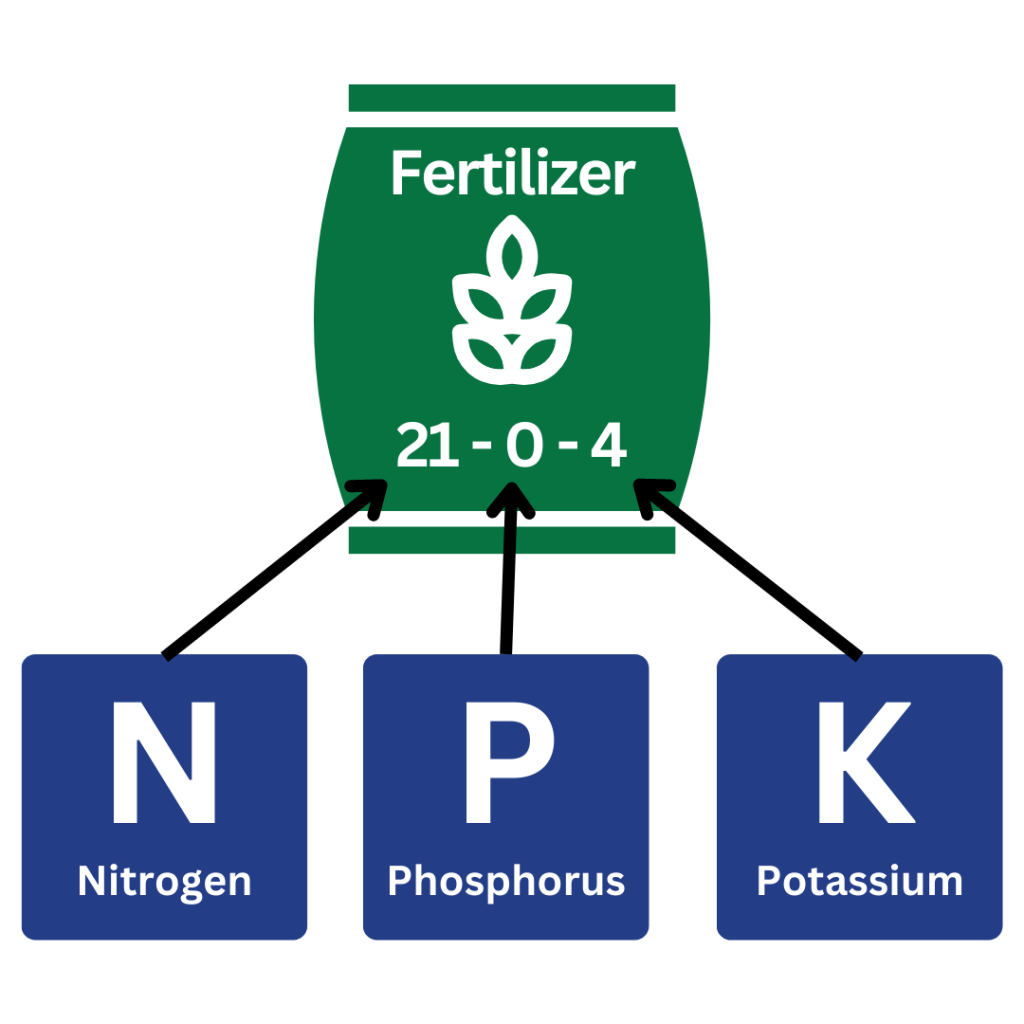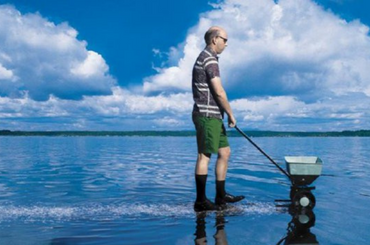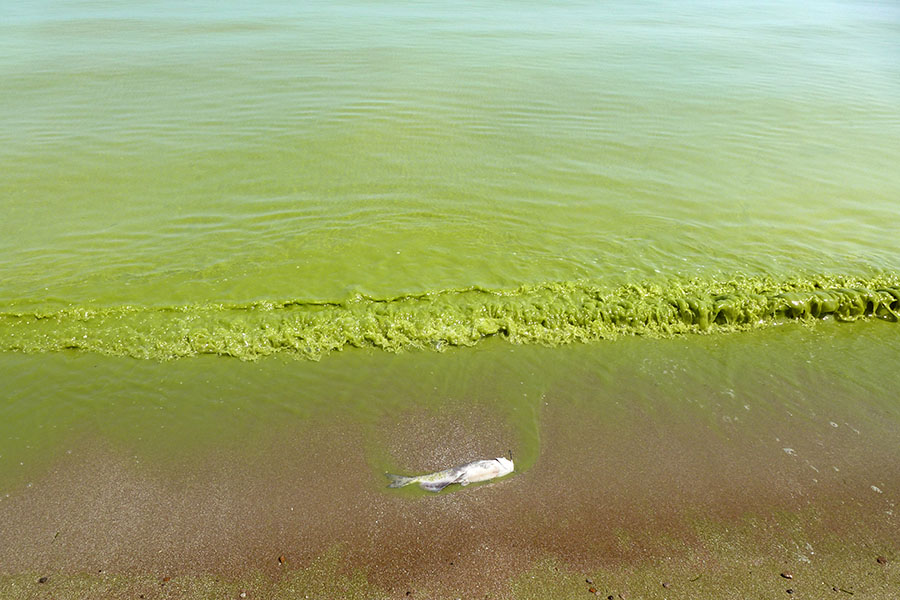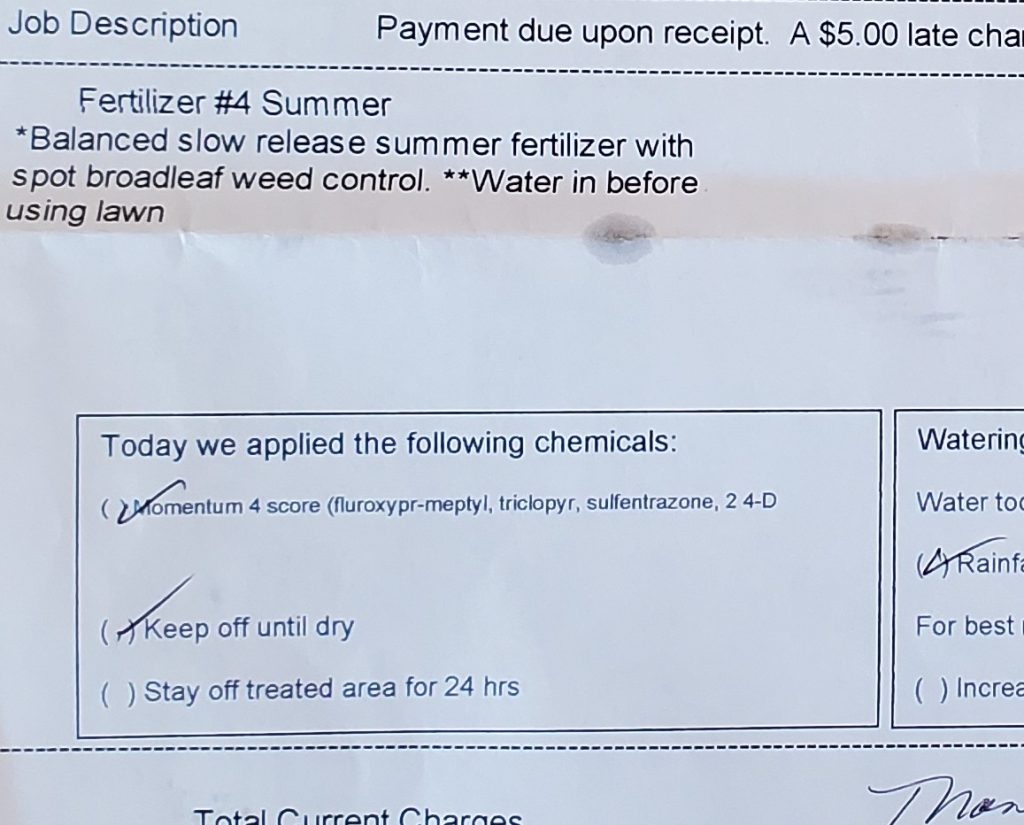Do you ❤️ Clean Water?
This time of year, do you notice a lot of high-pressure ads telling you what products you have to use to have that enviable emerald-green lawn? What these ads don’t tell you is the damage these products do to your yard’s ecosystem and your Rouge River.
To show your love for clean water, here is some important information to know, whether you’re hiring a lawn service or you are a do-it-yourselfer!
- The correct time to apply springtime lawn fertilizer is May. If fertilizer is applied too early (while the soil is still frozen or the grass is not yet actively growing), the roots cannot absorb the nutrients. Most or all of that expensive bag of fertilizer gets washed off into your wastewater system and ultimately into – your Rouge River! Plus, the lawn goes hungry as you lose money. (The fall fertilizer application – late August through mid-September – is even more important).
- Quick-acting, synthetic fertilizers are water-soluble. Much of the fertilizer washes away. However, when you choose a synthetic fertilizer that is at least 50% slow-release, the nutrients are released at a pace that the lawn’s roots can actually absorb. Less fertilizer gets washed away. Better yet, you can choose “microbe-soluble” organic – the original slow release fertilizer! Then, you’re nourishing the soil ecosystem too for more long-term benefits.
- Choose a fertilizer with zero or very low phosphorus (the middle number) to protect your waterways from the overgrowth of algae. Too much algae (or algal blooms) can make water smell bad and look ugly; produce toxins harmful to humans and animals; and reduce the oxygen in the water, causing fish die-offs.
- “Less is more” is a good motto here. Measure carefully, and apply the lowest recommended rate of fertilizer. This allows the lawn to absorb more fertilizer before the excess is washed away. For more information on lawn care for clean water, see MSU’s Go Green Tip Sheet.
- It’s easier to prevent pest problems if you have a thick and healthy lawn, growing in healthy soil, mowed and watered correctly. Often, that “pesticide schedule” – the one that lawn care companies and advertisements push – includes products that may not be necessary.
- Not all “bugs” need an insecticide application.
- Pesticides should ONLY be applied if a pest outbreak has been diagnosed correctly. Even if some pests are found in the lawn, an experienced lawn care professional can determine if it is likely to become a plague or just a minor nuisance. For example, weeds can be spot-treated, instead of applied to the whole lawn.
Here is a product that was routinely applied to an elderly neighbor’s healthy yard! >>>
- Studies have shown that the four active ingredients in this product (fluroxypyr-meptyl, triclopyr, sulfentrazone, and 2 4-D) are toxic to birds, bees, fish, and other aquatic organisms.
- For more information on the human health and environmental effects of active ingredients in many landscape products, visit https://www.beyondpesticides.org/resources/pesticide-gateway.
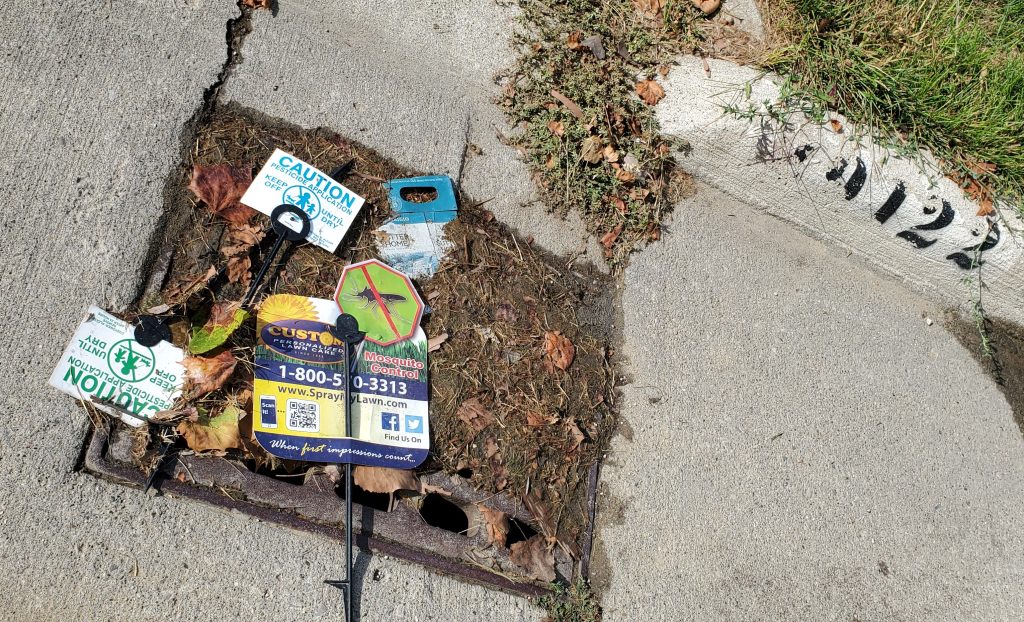
- The Michigan Green Industry Association has designed The Healthy Lawn Care Program (HLCP) for Watershed Protection. This is “an environmentally-sound lawn care program” that landscape professionals can offer to their clients. Ask your lawn care provider if they are participating, or go to https://www.landscape.org/healthylawn to find companies that are endorsed by the HLCP.
Before you sign a contract with a lawn maintenance company, or before you buy a lawn care product, read the ingredients and choose the least-toxic options – for your yard, your family, and your Rouge River.
Categories
-
 BlogRead the latest blog posts from your FOTR team.
BlogRead the latest blog posts from your FOTR team. -
News & EventsLearn more about upcoming FOTR events and projects

